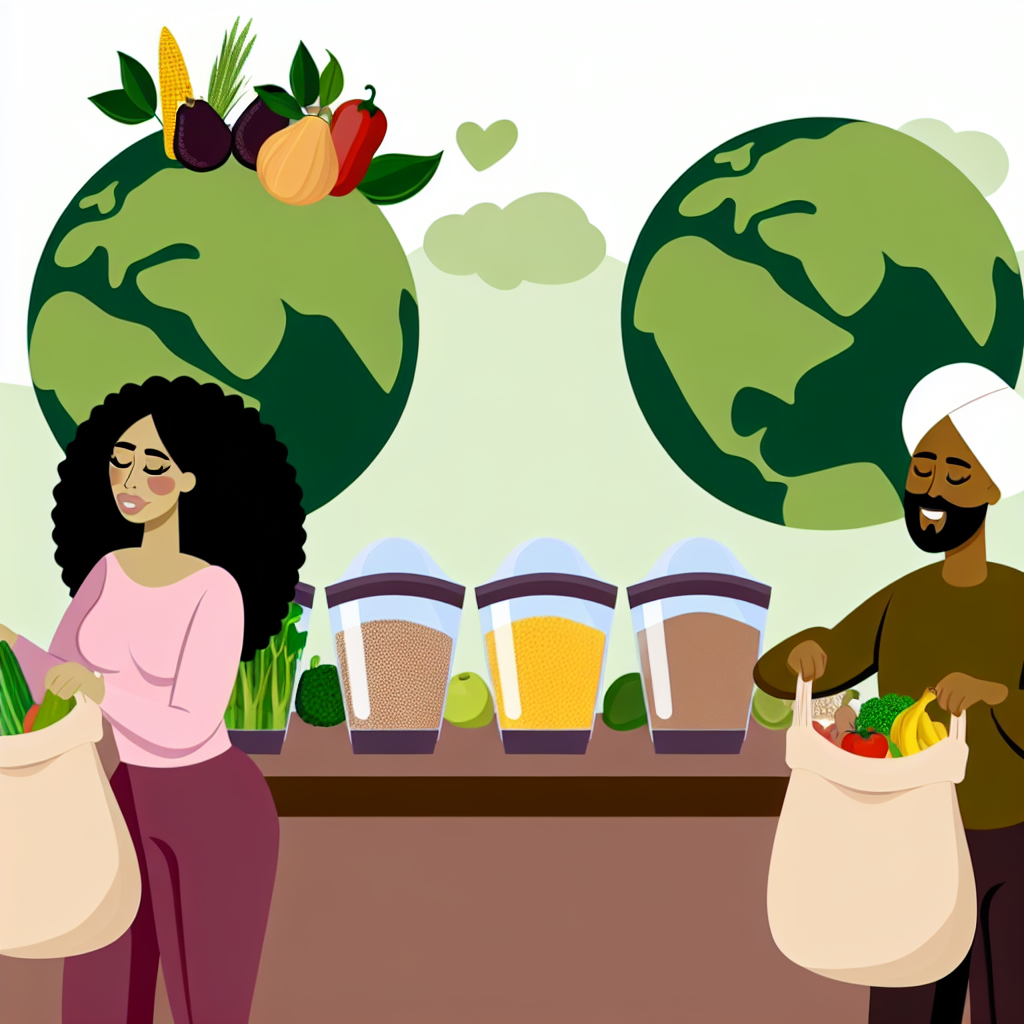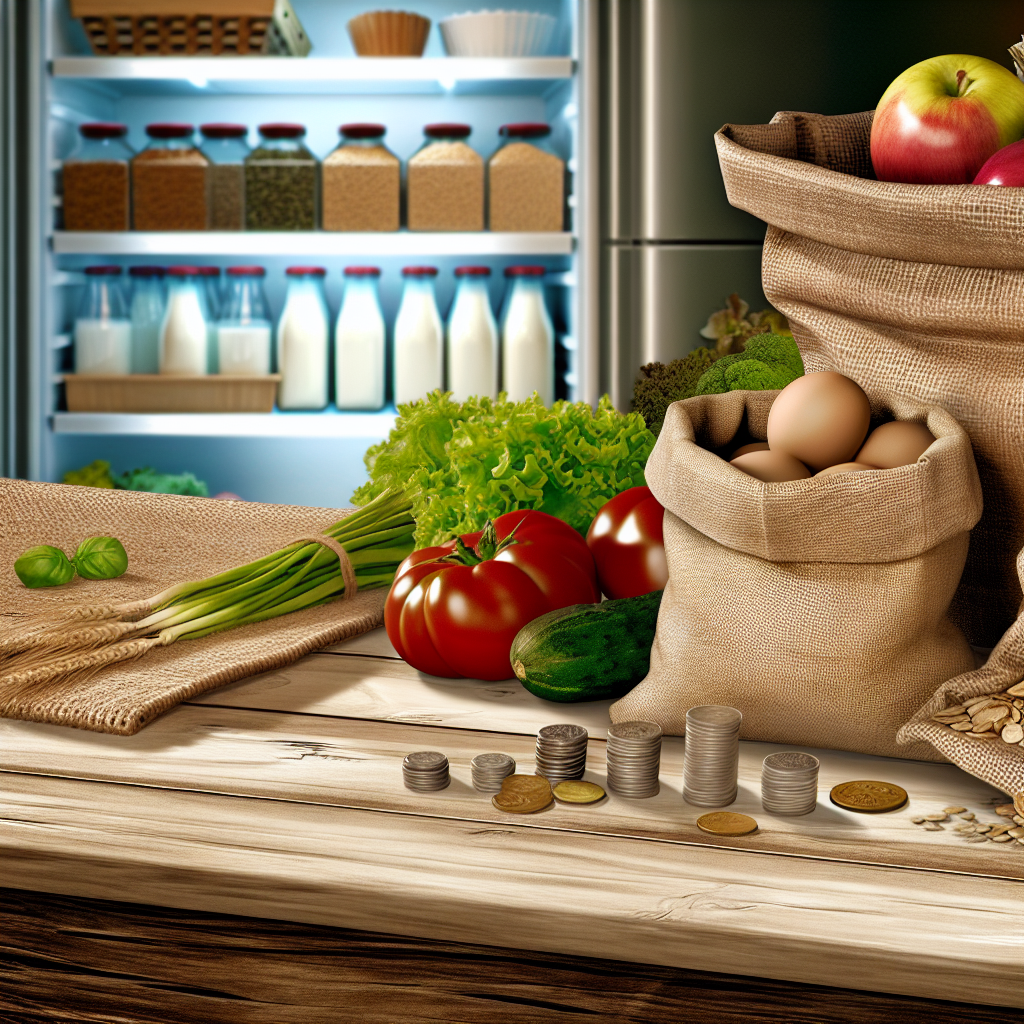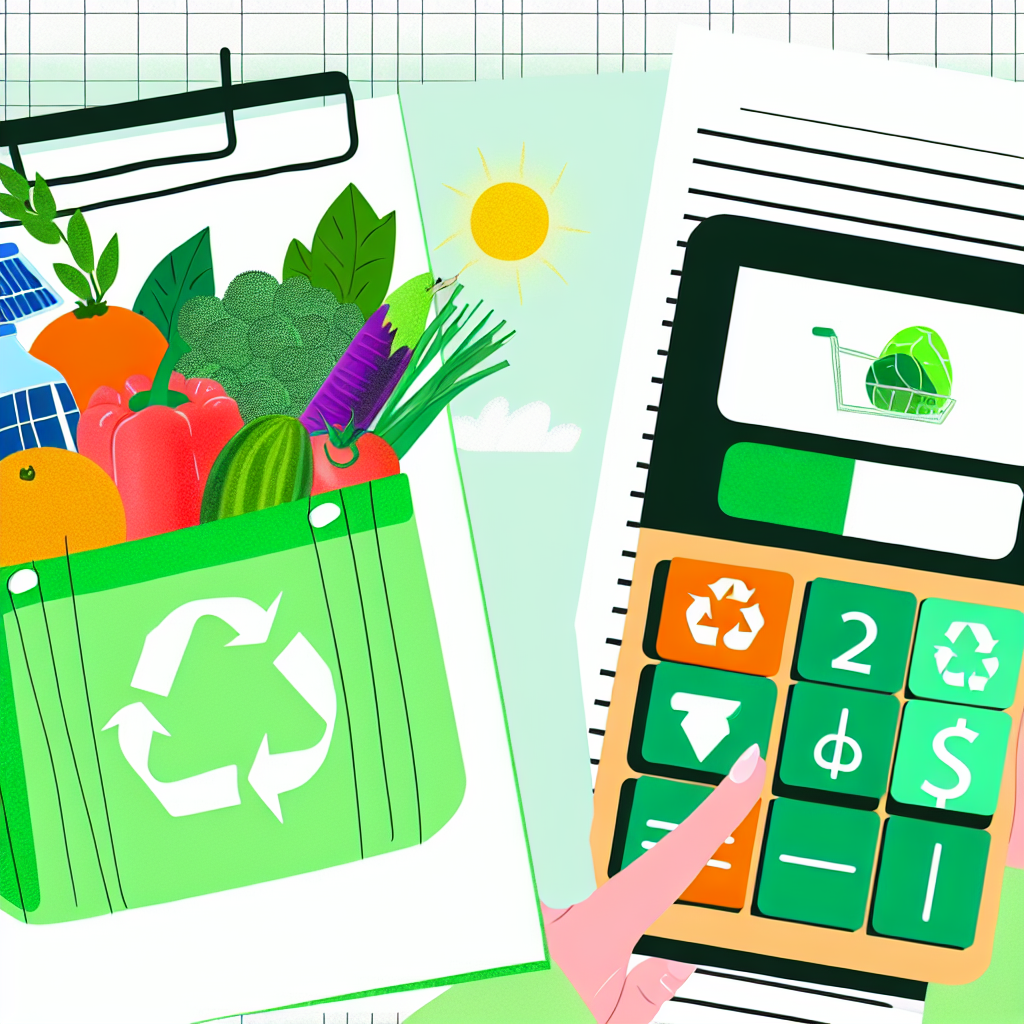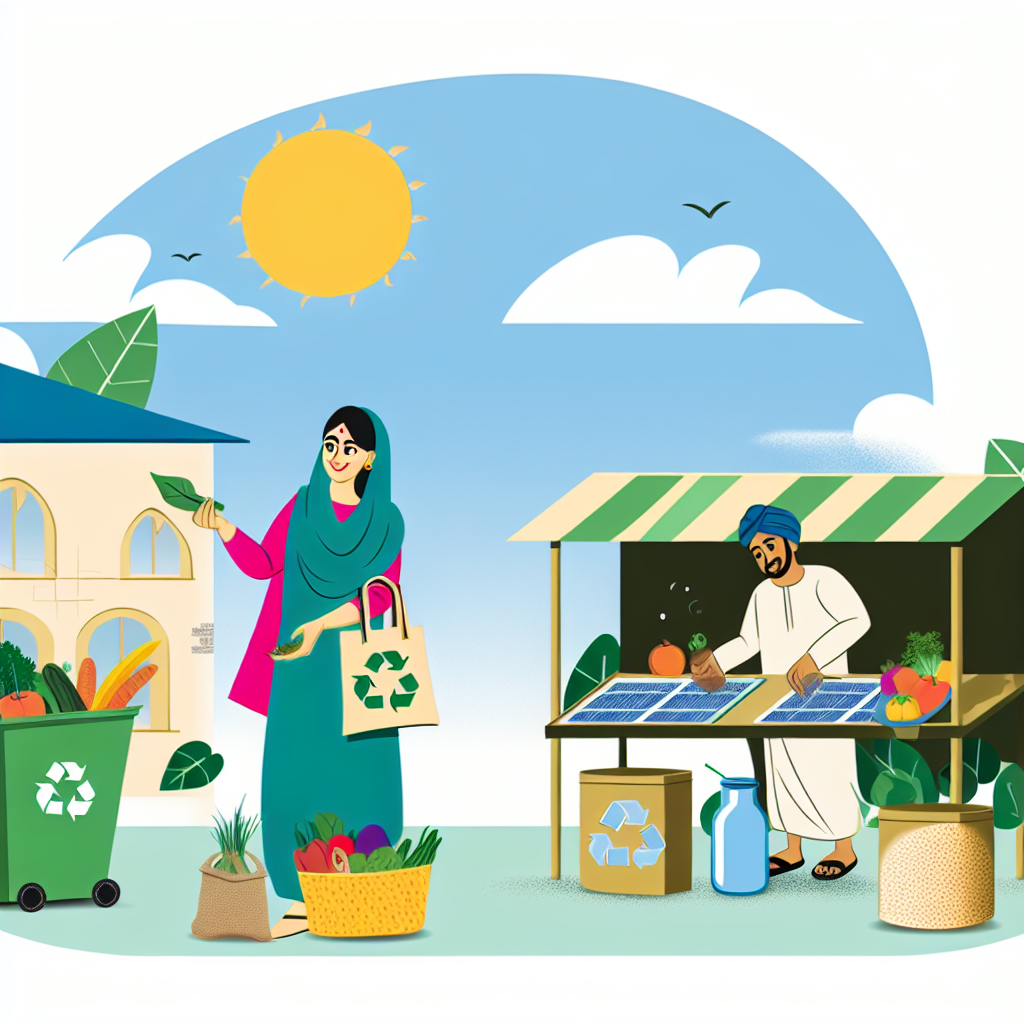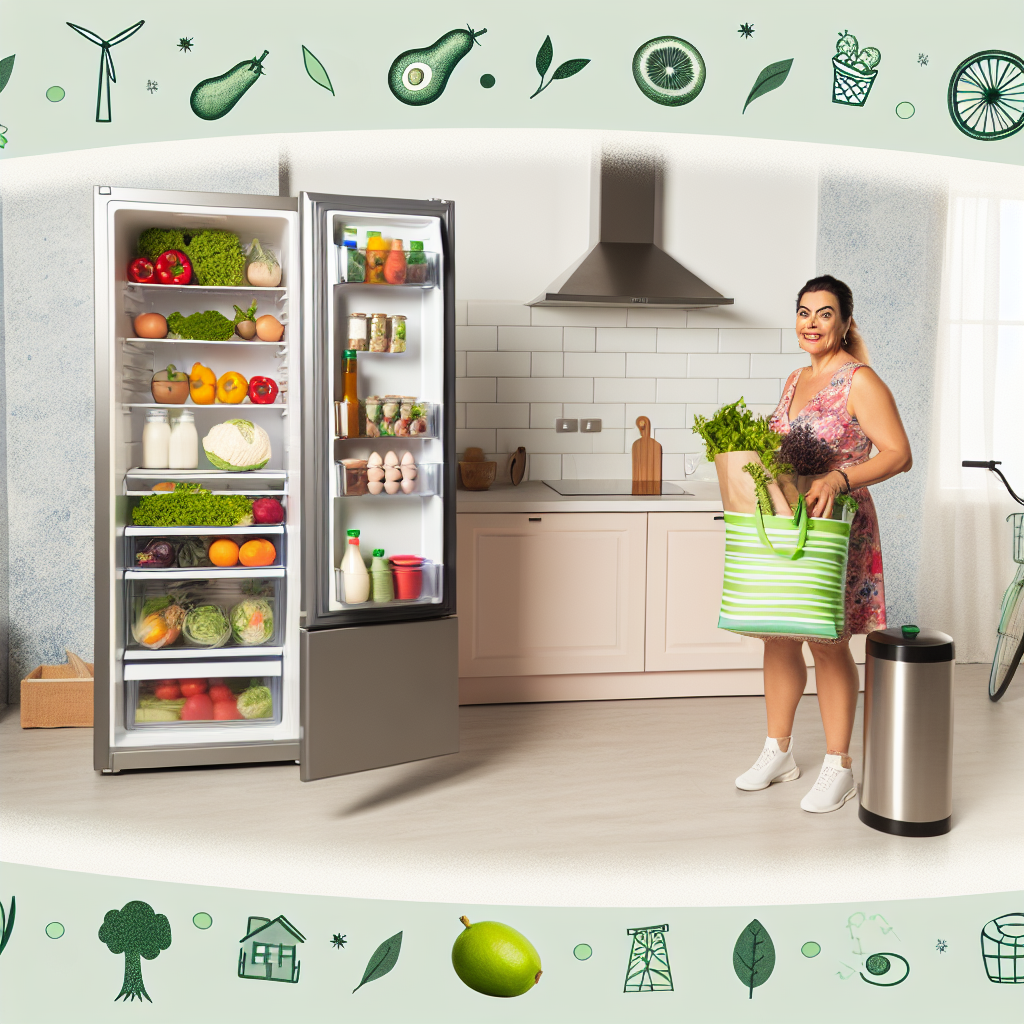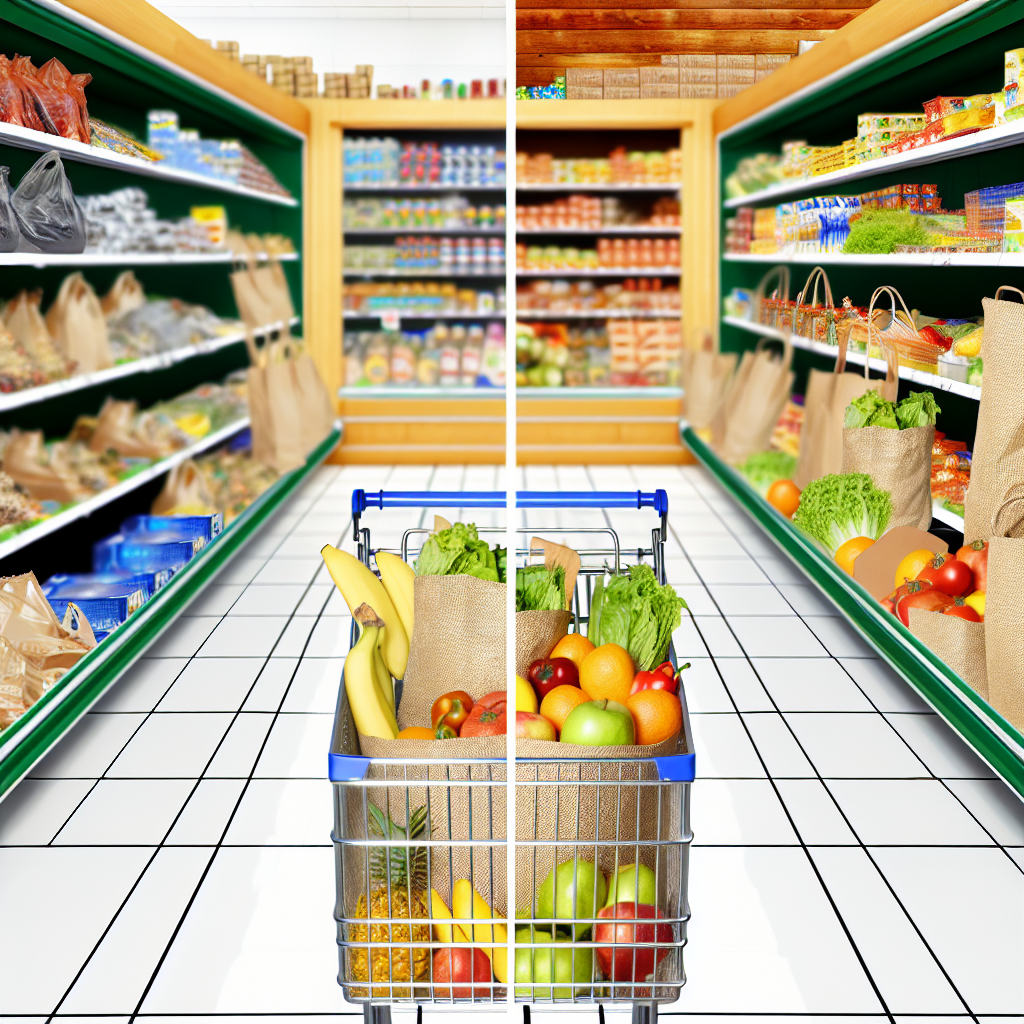Top 10 Eco-Friendly Habits That Will Save You Money This Year
Introduction
Hello, planet-loving pals! If you’re like me, you enjoy saving money while also caring for our Earth. Living an eco-friendly life means more than just saving trees and resources; it involves making smart financial choices that can increase the money in your savings account. Yes, helping the environment can help your wallet too!
In this blog post, we’re going to look at the top 10 eco-friendly habits that are good for Mother Earth and will also leave you with extra cash. Let’s see how we can make our piggy banks happy!
1. Reduce Energy Use
-
Switch to LED bulbs: Your wallet will thank you right away. LEDs are not only brighter, but they use about 75% less energy and last 25 times longer than regular light bulbs. Even though they might seem a bit expensive at first, your energy bills will soon go down!
-
Unplug devices: Fun fact—some devices use power even when they’re turned off. Unplug these sneaky electronics to save on your energy bill.
-
Use natural light: Let the sunshine in! You can switch off your lamps, enjoy some Vitamin D, and make your rooms look bright and lovely. Open those curtains and let the daylight do the work!
2. Optimize Heating and Cooling
-
Install a programmable thermostat: Think of it as a remote control for your home’s temperature. Set it, forget it, and watch your energy bill get smaller as it keeps your home comfy only when you’re there.
-
Seal doors and windows: Drafts waste energy. A little bit of caulk and weather stripping can stop those chilly breezes from making your home too cold or too hot.
-
Use ceiling fans: Run them clockwise in winter to push warm air down and counter-clockwise in summer to keep it cool. Who knew a fan could help reduce your energy bill?
3. Save Water
-
Fix leaks right away: Got a dripping sink? Fixing leaks can save up to 10% on your water bill. That’s like watching money go down the drain!
-
Install low-flow fixtures: These help you use less water without giving up those nice showers and good flushes. Your savings will grow with less flow!
-
Collect rainwater: Let the sky give you free water! It’s perfect for gardening or washing your pup after a muddy run.
4. Adopt Minimalism
-
Buy less, choose well: Go for quality, not quantity. Your home will feel neater and more like a stylish gallery.
-
Create a capsule wardrobe: Look fabulous with fewer clothes while spending less on buying them. Plus, less laundry!
-
Choose experiences over things: Memories are more valuable than stuff! Go to a concert, hike, or have a picnic. You’ll create priceless moments.
5. Recycle and Compost
-
Separate your trash: Proper recycling can lower waste disposal costs and reduce emissions.
-
Start a compost pile: Turn kitchen scraps into natural fertilizer. It helps the earth and gives you a lush garden without spending much.
-
Buy items made from recycled materials: Support recycling by choosing products that give old materials a new life. Plus, they often cost less!
6. Eat More Plant-Based Meals
-
Cut down on meat: Swap meat for budget-friendly plant-based meals to reduce grocery bills faster than cutting calories.
-
Grow your own veggies and herbs: Home-grown greens are cheaper, tastier, and fun to grow!
-
Join a local CSA: Support local farmers and enjoy fresh, eco-friendly produce delivered to your door, with less packaging waste. Win-win!
7. Use Reusable Items
-
Get reusable shopping bags: They’re stronger, hold more than plastic bags, and save you from extra fees while showing off your eco-conscious style.
-
Switch to cloth napkins and towels: Stop spending on disposable paper products. Your budget and the forests will thank you.
-
Use a refillable water bottle: Enjoy endless and cheaper water by avoiding single-use bottles. Your wallet and hydration will thrive.
8. Repair and Repurpose
-
Fix things instead of buying new: Whether it’s an appliance or a favorite sweater, fixing things keeps them in use longer and saves resources and money.
-
Try DIY projects: Give a second life to everyday items by upcycling, painting, and crafting your way to a cool, budget-friendly decor.
-
Join online repair groups: These communities offer free resources and advice, so you don’t need to be an expert to start saving the planet.
9. Travel Sustainably
-
Use public transport or carpool: Decrease fuel costs and reduce emissions. Plus, it’s a great time to enjoy podcasts or read books.
-
Ride a bike for short trips: Stay fit while helping the planet. No fuel costs make it a perfect choice!
-
Plan staycations: Discover nearby places instead of flying far away. Local adventures give you a sense of newness without a big price tag.
10. Support Green Businesses
-
Choose businesses that are sustainable: Use your money to encourage eco-friendly changes better than online petitions.
-
Shop local: Supporting small businesses reduces your carbon footprint and helps you find unique, crafted items.
-
Use eco-friendly services: By choosing businesses focused on sustainability, you help the planet with your spending choices.
Conclusion
And that’s it, friends! These eco-friendly habits help protect our planet and keep your wallet happy. By trying these sustainable practices, you’ll contribute to a better environment and find more money in your pocket. Who knew saving the Earth could be so rewarding?
Until next time, may you leave a light carbon footprint and heavy savings!

